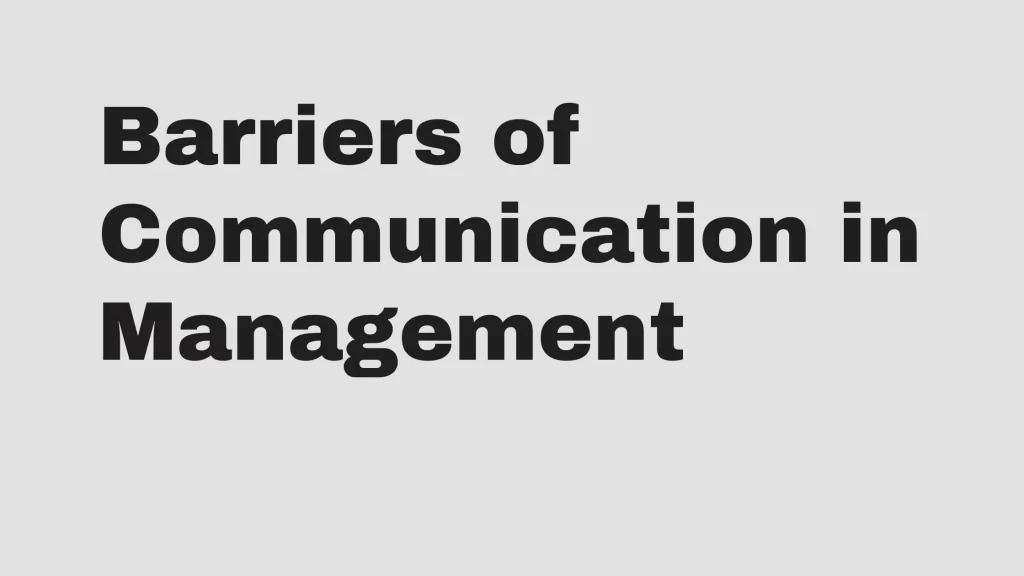The phrase barriers to virtual communication encompasses a wide range of challenges that individuals and organizations face when trying to convey their message through digital means.
These barriers can manifest in different forms, such as technical glitches, language barriers, or even cultural misunderstandings.
By addressing these obstacles head-on, we can work towards creating more inclusive and seamless virtual interactions for everyone involved. Join me as we unpack the complexities of virtual communication and uncover ways to navigate through its barriers effectively.
Contents
- 1 Barriers to Virtual Communication
- 2 Overcoming Barriers to Virtual Communication
- 3 Conclusion
- 4 Frequently Asked Questions
- 4.1 What are three potential barriers to virtual communication?
- 4.2 What is the biggest challenge with virtual conferences?
- 4.3 What are the benefits and drawbacks of virtual interaction?
- 4.4 What is a common limitation of virtual group communication?
- 4.5 What are the two main challenges of virtual teams?
Barriers to Virtual Communication
Virtual communication transforms how we interact, but it introduces several barriers that can disrupt the flow of collaboration and understanding. As we delve deeper into these barriers, it’s clear that being aware of them helps in developing strategies to overcome the obstacles of remote communication.
Lack of Nonverbal Cues
One of the most significant challenges I’ve encountered in virtual settings is the absence of nonverbal cues. These cues—spanning from facial expressions to body posture—are crucial for interpreting messages and intentions. In face-to-face interactions, they add a layer of understanding that words alone cannot convey. When working remotely, the lack of these cues can lead to misconceptions and a sense of disconnect. To bridge this gap, virtual teams should:
- Encourage the use of video in meetings to at least capture facial expressions
- Place extra emphasis on tone and clarity when communicating through voice or text
- Utilize emoticons or explicit mood indicators in written communication when appropriate
Addressing the lack of nonverbal cues can significantly enhance the effectiveness of team interactions.
Technical Issues
I’ve found that technical difficulties are often the most immediate and noticeable hindrance in virtual communication. Poor internet connections, software glitches, and incompatible technologies can disrupt the smooth flow of ideas and information. Common technical problems that remote teams face include:
- Connection drops
- Audio-video sync issues
- Inaccessible files or platforms due to tech incompatibilities
Overcoming these technical issues requires a proactive approach. Regular tech check-ups and having fallback communication plans in place are essential steps to ensure that conversations and collaboration continue uninterrupted.
Language and Cultural Differences
The diversity in virtual teams can lead to language and cultural differences that pose unique communication challenges. Simple messages can be misinterpreted due to varying communication styles or non-familiarity with certain expressions. In order to navigate through these nuances, my approach involves:
- Building a commonly understood technical language specific to projects
- Showcasing patience and openness to learning about different cultural contexts
- Ensuring all team members are proficient in the chosen language of communication
Although these differences can initially seem daunting, they also provide a rich opportunity for growth and learning within teams.
By acknowledging these barriers to virtual communication, we set the stage for more intentional and inclusive interactions, leveraging our collective expertise to achieve seamless and successful collaboration in the digital spaces we inhabit.
Overcoming Barriers to Virtual Communication

Enhancing Nonverbal Communication
Mastering nonverbal communication is pivotal for remote teams aiming for seamless interactions. Nonverbal cues can speak volumes even in digital correspondence. I’ve found that encouraging my team to maintain eye contact with their cameras and use clear expressions can drastically improve the conveyed message’s clarity and intention.
Active listening is key when virtual, so nodding and smiling go a long way in affirming comprehension and agreement. Hand gestures, used judiciously, emphasize points without distraction. Nonetheless, I can’t overstate the importance of context—certain gestures may be misinterpreted across cultures. Ultimately, integrating comprehensive nonverbal communication techniques fortifies connections amidst virtual teams, almost replicating the in-person experience.
Improving Technical Infrastructure
Dealing with a lagging video feed or choppy audio is enough to fray anyone’s nerves. It’s why upgrading technical infrastructure is an undeniable imperative. A stable internet connection and high-quality audio-visual equipment are the bedrock of effective digital collaboration.
I continually advocate for integrating reliable technology that is not overly complex; it facilitates smoother transition and wider adoption within diverse teams. Compatibility with existing tools is also crucial, underpinning a cohesive digital workspace.
Given the variance in infrastructure across different regions, lightweight communication technology that’s accessible to all is my usual recommendation. This ensures no team member’s input is lost due to technical limitations, keeping everyone on the same digital page.
Providing Language and Cultural Training
Language barriers and cultural differences are like invisible walls that can isolate team members and impede productivity. It’s something I pay close attention to. Cross-cultural training and language support are not just beneficial; they’re integral to harmonious and efficient virtual communication.
When everyone’s versed in a commonly understood technical language, it levels the playing field. I’ve also observed that when team members are open to learning about each other’s cultures, it enriches team dynamics and fosters a more inclusive atmosphere.
By facilitating education in language nuances and cultural mores, virtual teams can transcend geographic confines and tap into the wellspring of diversity that fuels innovation and empathetic collaboration.
Conclusion
Overcoming the hurdles of virtual communication is vital for collaboration in today’s digital workspace. By focusing on enhancing nonverbal cues and investing in robust technical infrastructure we can bridge the gap that physical distance creates.
Let’s not forget the power of embracing cultural and language diversity which can transform a group of remote individuals into a cohesive unit. It’s about creating an environment where every team member can thrive. As we continue to navigate the complexities of virtual interaction let’s commit to these improvements and watch our collective efforts flourish.
Frequently Asked Questions
What are three potential barriers to virtual communication?
Poor Technical Infrastructure: Video lag and choppy audio can severely impact communication.
Nonverbal Communication Limits: The lack of body language cues makes it hard to convey and interpret messages effectively.
Cultural and Language Differences: Differences in language and culture can lead to misunderstandings in a diverse virtual team.
What is the biggest challenge with virtual conferences?
The main challenge is ensuring engagement and interactive communication, which is often more difficult to achieve remotely than in person due to a lack of nonverbal cues and potential technical issues.
What are the benefits and drawbacks of virtual interaction?
Benefits include cost-effectiveness and time-saving, as there’s no need for a physical venue or travel. Drawbacks involve technical issues, potential delays in gathering participants, and the lack of non-verbal communication cues.
What is a common limitation of virtual group communication?
One common limitation is the lack of non-verbal cues, making it challenging to accurately convey and interpret emotions, attitudes, and intentions.
What are the two main challenges of virtual teams?
Efficient communication and collaboration can be major challenges, alongside maintaining a company culture, professional boundaries, structured routines, mutual trust, and minimizing distractions.
Boko Ducky has over 10 years of experience in helping individuals and organizations improve their communication skills.



